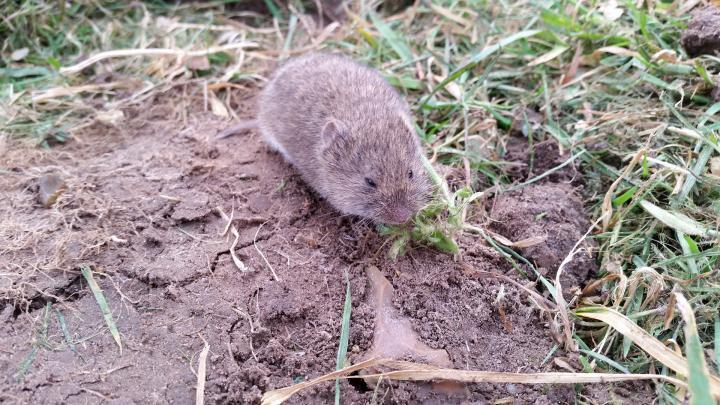How to Get Rid of Voles?
A pesky unknown critter is creating trails and soft spots all over your lawn. You push them down, only to find them back again the next day. If you aren’t sure what’s going on, you probably have voles ravaging your grass. Here are tips on how to get rid of voles and how to prevent them from damaging your yard or getting into your garden.
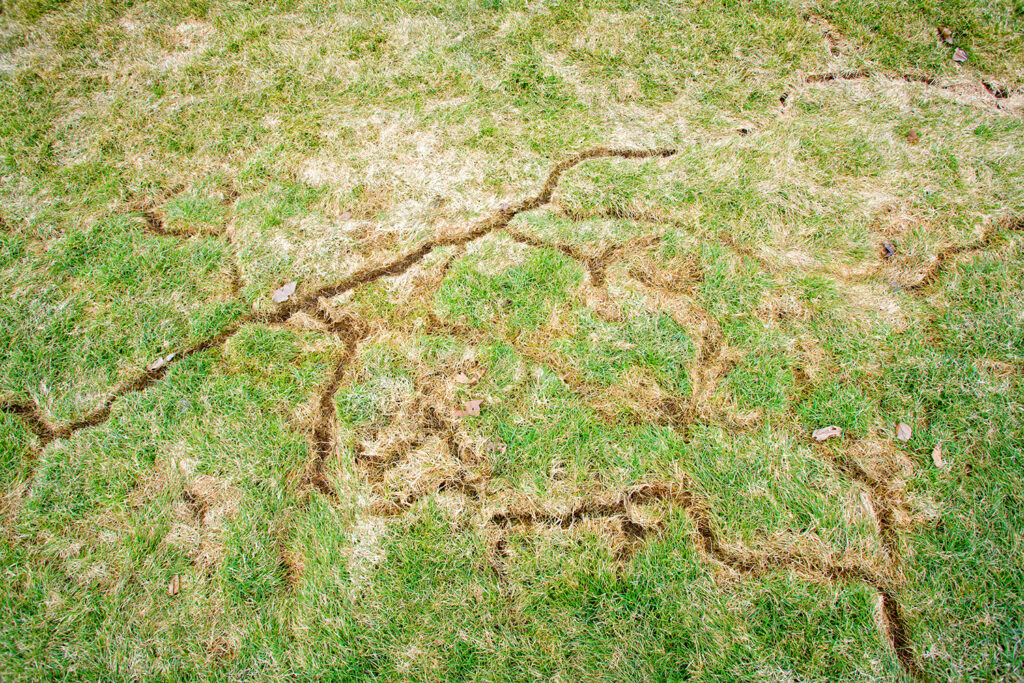
What is the difference between Voles and Moles?
Voles are small mammals that feed on grass and other plant material. Moles are larger animals that feed on mostly worms. They are found throughout the world, but they are most commonly found in North America. Voles are small, gray, hairy, and round-nosed. They are about 2 to 3 inches long and up to 3 inches wide. They are a nuisance because they eat large amounts of grass and other plant material.
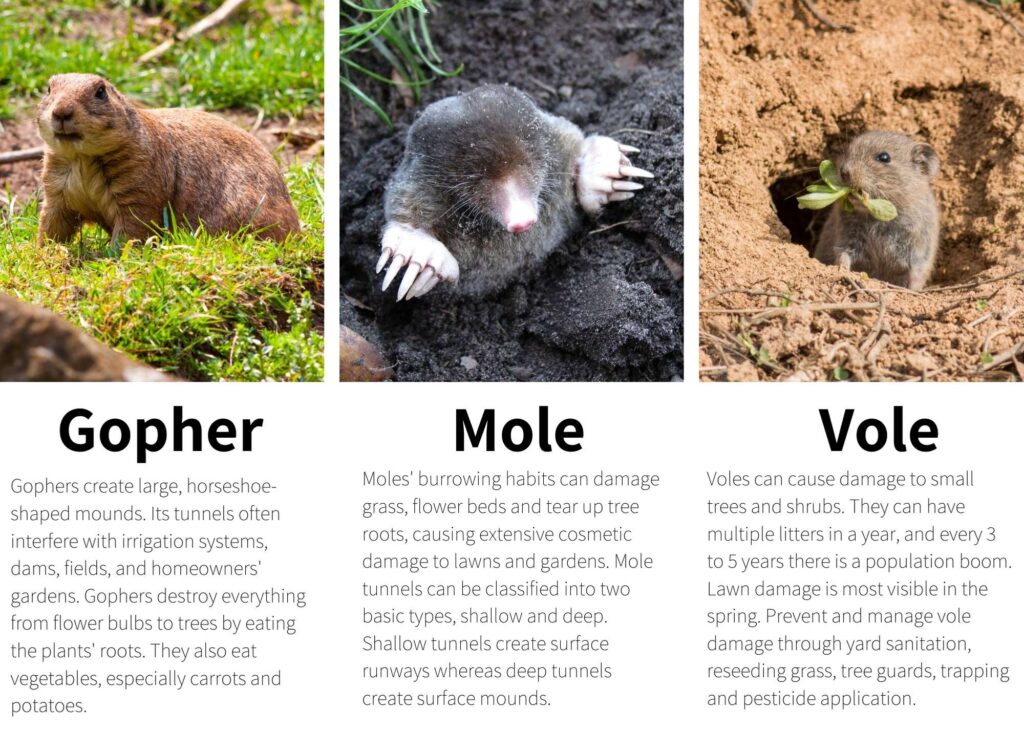
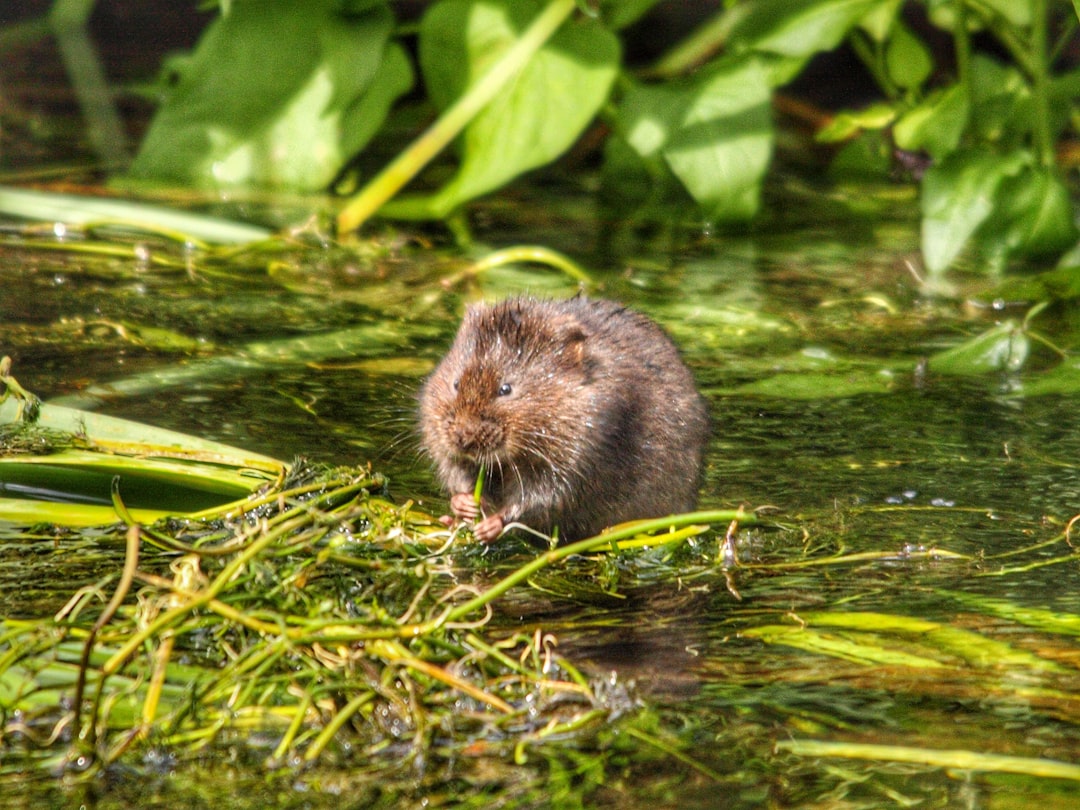
Voles should not be confused with Moles, which are more carnivorous and prefer earthworms and grubs. Moles do a lot less damage to your yard and vegetation.
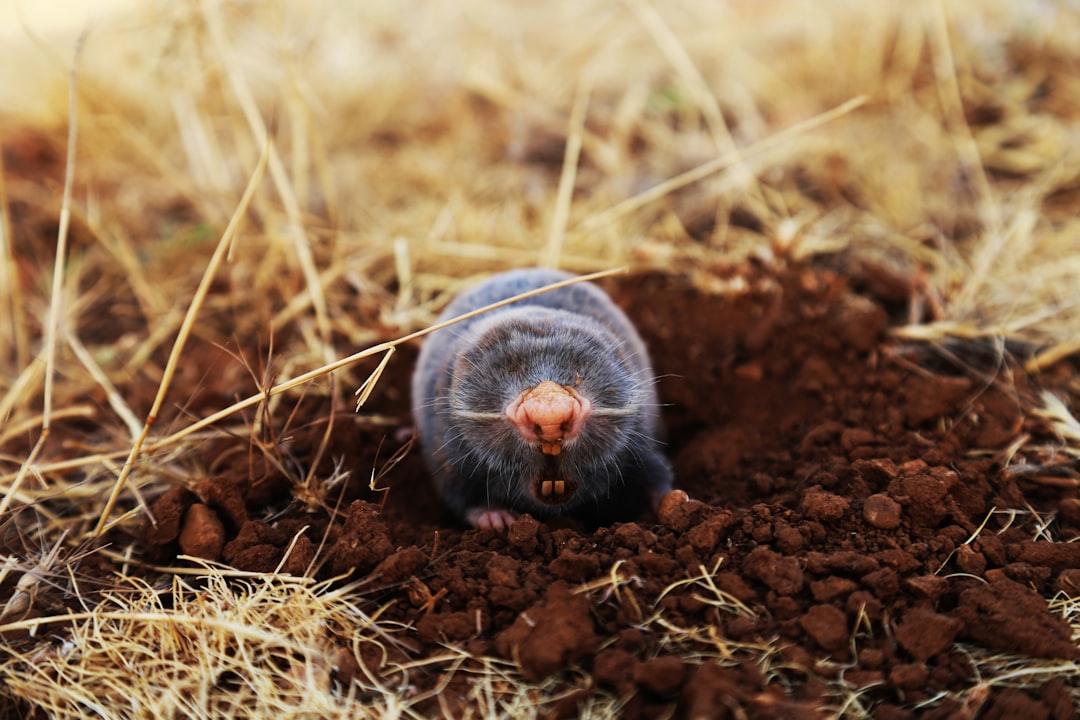

How to Prevent Voles in Yard?
1. Cut back overgrown brush and bushes. Mow, weed, and create a clean space.
Voles like dense, heavy, and overgrown brush or weeds because it provides them with protection from predators and provides nesting material. Eliminating weeds and brush will eliminate their hiding places.

Get Rid of Voles
- Trapping may be one of the most effective ways of reducing vole populations. Try live vole traps situated perpendicular to the widest vole runways or near the nesting sites at the base of trees and shrubs. Bait traps with peanut butter. Set baits midday to early evening when voles get more active. Reset the traps as often as necessary until you eliminate the population.
- Vole Repellents, whether all-natural or not, have mixed results and need to be reapplied after it rains. Garden stores sell fox or coyote urine which usually deters voles. Some folks swear by other deterrent methods such as peppermint oil, mothballs, garlic, onion, or cayenne pepper. (The results are hit and miss)
- Add gravel to the soil when planting bulbs. To discourage voles from eating your bulbs, try adding gravel to the planting hole.
- Protect veggie plants by fencing gardens with a half-inch of mesh (hardware cloth), at least 12 inches above the ground, and buried 6 to 10 inches deep.
- Get a rat terrier or outdoor cat (mouser) Nothing could be more effective than a dog who loves to hunt vermin!
- Pesticides (not recommended due to restrictions or if you have other pets) Pesticides may be used, depending on your local laws or environment.
- Call your local wildlife removal company. Wildlife control technicians are trained to handle all wildlife and nuisance animal concerns and possess all the necessary state licenses for trapping and removing wild animals.
Luckily, voles’ activity is cyclical with the spring and summer being the most active times for voles. Preparing your yard in the fall and early spring to prevent voles is the best way to keep the critters at bay.

